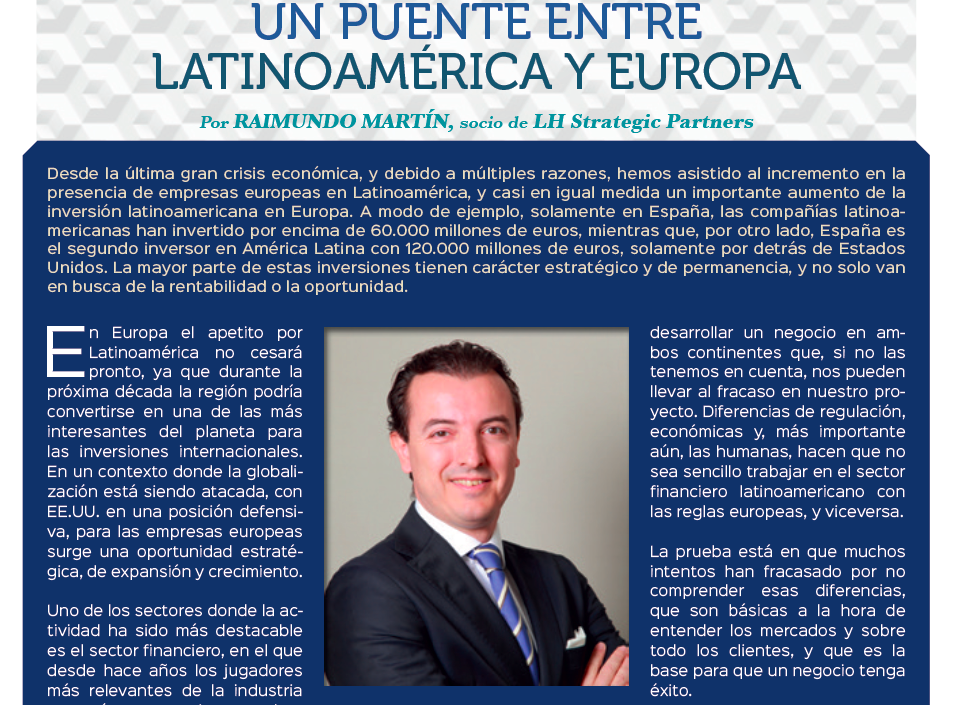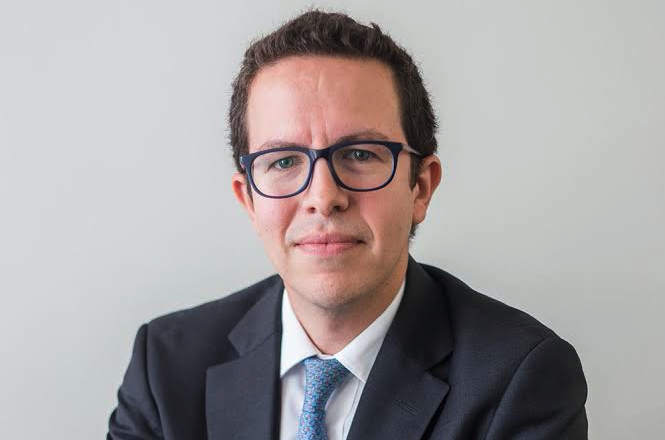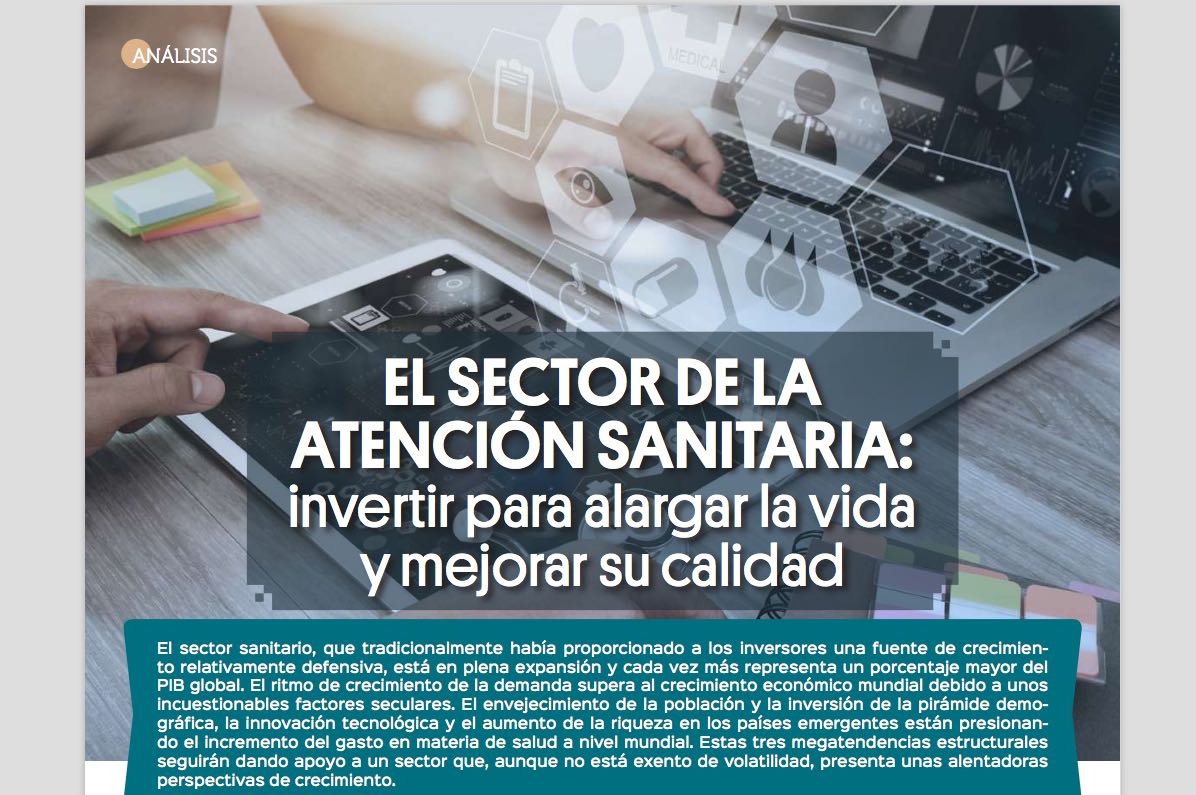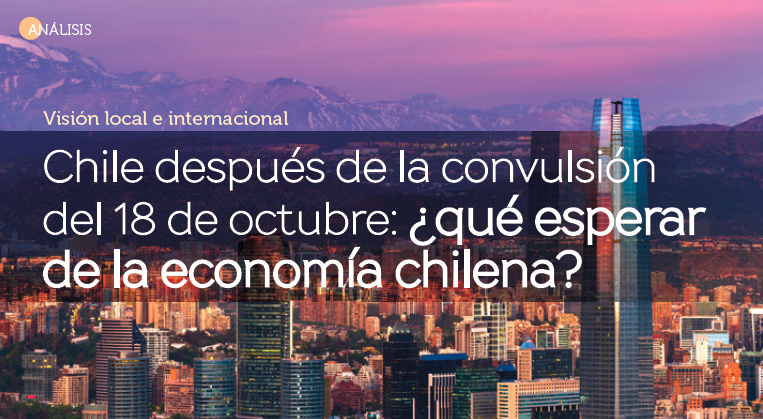Estímulos fiscales contra el coronavirus: ¿está amenazada la calificación crediticia de la deuda soberana?
| Por Meritxell Sedo | 0 Comentarios

Las tres principales agencias de calificación crediticia, Fitch Rating, Moody’s y S&P Global Ratings, adelantan sus revisiones a la baja en el rating de la deuda soberana, tanto en los mercados desarrollados como en los emergentes. Según explican desde Fitch Ratings, es muy probable que el doble impacto sufrido por la economía global con el brote del coronavirus y la significativa caída del precio del crudo, junto con las políticas fiscales ejercidas en respuesta, acabe con una recalificación media a la baja de la deuda soberana superior a la media en 2020, así como con un sesgo a la baja en los movimientos de las calificaciones más pronunciado que en ningún año anterior desde la crisis financiera de 2009.
Desde Moody’s asumen que la duración de la crisis será corta, esperando que el crecimiento se reestablezca en el segundo trimestre de 2020, con relativamente pocas implicaciones para la deuda soberana. Sin embargo, admiten que, si la crisis se vuelve más severa y prolongada, las implicaciones para la deuda soberana serían más profundas.
Sin embargo, en S&P Global Ratings defienden que, en realidad, esta crisis económica comenzó hace unos meses con la disrupción de las cadenas de suministro, para después evolucionar en un choque de la demanda que ha traído grandes medidas de estímulo monetario y fiscal en respuesta. En la opinión de S&P Global Ratings, habrá una recuperación en forma de U, pero la agencia de calificación reconoce no saber cuánto tiempo va a permanecer la economía en la zona de recesión, algo que será crucial para evaluar el daño. La rapidez y adecuación de las respuestas fiscales serán determinantes, y serán diferentes dependiendo de cada región, pero lo que sí es seguro es que, cuando la crisis finalice, la mayoría de los países tendrán unos balances más débiles.
En el corto plazo, Fitch Rating evalúa si las medidas fiscales temporales introducidas por los gobiernos para contrarrestar el impacto del coronavirus tendrán algún tipo de implicación en las finanzas públicas que dure más allá del medio plazo. Las autoridades económicas globales se enfrentan a una combinación sin precedentes de desafíos, que incluyen una crisis sanitaria, una disrupción económica, una severa dislocación del mercado financiero, cambios en el sentimiento inversor, la volatilidad en el tipo de cambio y el choque en el precio del crudo. Una de las principales consecuencias para las distintas regiones y países afectados por el coronavirus es la repentina parada en la actividad.
En ese sentido, en Fitch Ratings opinan que el impacto del choque en la producción del crudo puede ser más duradero que el impacto del coronavirus, aunque algunos de los efectos de la pandemia probablemente persistan en el tiempo, especialmente en los sectores de viaje y turismo. Tailandia, Croacia e Islandia se encuentran entre los países cuya deuda soberana tiene una mayor dependencia del turismo y que, por lo tanto, podrían sufrir más.
Mercados desarrollados
En el caso de la deuda soberana de los mercados desarrollados, los estabilizadores automáticos asociados con una desaceleración en el crecimiento económico o con una recesión son inherentemente cíclicos, por lo tanto, tienen un menor efecto sobre los movimientos de la calificación crediticia. En su lugar, el foco se centra en las medias suplementarias como el apoyo a los hogares, empresas y sectores económicos que más se ven afectados por la bajada de la actividad económica.
En el corto plazo, se espera que los ingresos fiscales disminuyan y que la demanda fiscal de los gobiernos aumente. Un amplio número de países ha anunciado las primeras medidas fiscales y en Fitch Ratings esperan que la lista crezca mucho más.
Las finanzas públicas del G7 -compuesto por Alemania, Canadá, Estados Unidos, Francia, Italia, Japón y Reino Unido- se encuentran entre las más débiles en relación con sus pares comparables con una misma calificación crediticia. El enfoque de la evaluación de las calificaciones crediticias de Fitch Ratings se centrará en ese caso en discernir en qué grado las medidas de política monetaria que se están adoptando contribuyen a una mayor acumulación de la deuda, especialmente en aquellos países en los que un alto nivel de endeudamiento era ya una preocupación antes de la pandemia.
Por su parte, en S&P Global Ratings afirman que los mercados desarrollados tienen unos mayores y más efectivos niveles de estímulos fiscales, dado que la mayoría son países ricos con un amplio acceso a fondos. En términos generales, los países en esta categoría reciben una calificación muy alta en su deuda soberana, la cual podría verse afectada por la crisis conforme se produzca daño en sus balances, pero en S&P Global Ratings esperan que este daño sea contenido.
Mercados emergentes:
Mientras tanto, los estabilizadores automáticos son una característica menos común en las finanzas públicas de los mercados emergentes, debido a que las redes de protección social suelen estar menos desarrolladas.
Las condiciones fiscales de los mercados emergentes suelen estar sujetos a un conjunto adicional de variaciones cíclicas, tales como los cambios en los precios de las materias primas, cambios en el tipo de cambio de la divisa y en las condiciones globales de financiación. Todos estos factores hacen que las condiciones de las finanzas públicas de los mercados emergentes sean más volátiles, tanto en términos de ingresos y como de gastos.
Desde S&P Global Ratings indican que algunos países emergentes, especialmente en Latinoamérica y África, ya sufrían una debilidad estructural antes del brote de coronavirus. Estos gobiernos no tienen mucho margen para aplicar políticas contracíclicas que amortigüen el golpe de sus economías, y en algunos casos extremos, su acceso a los fondos de financiación es limitado. En situaciones como la actual, en la que la liquidez del mercado se comprime, una rebaja en la calificación crediticia es mucho más probable.
Desde Fitch Ratings, señalan a Angola, Irak, Surinam y Gabón como las economías que más dependen de las exportaciones, con más de un 80% de sus ingresos en moneda extranjera obtenidos a partir de la venta de materias primas a otros países. Según Fitch, el sentimiento inversor también puede afectar a los flujos de capitales. En la lista de economías con mayor requerimiento de capital se encuentran Brasil, India, Turquía y Polonia. Brasil también destaca por haber sufrido una de las depreciaciones más fuertes en su moneda desde finales de 2019.














